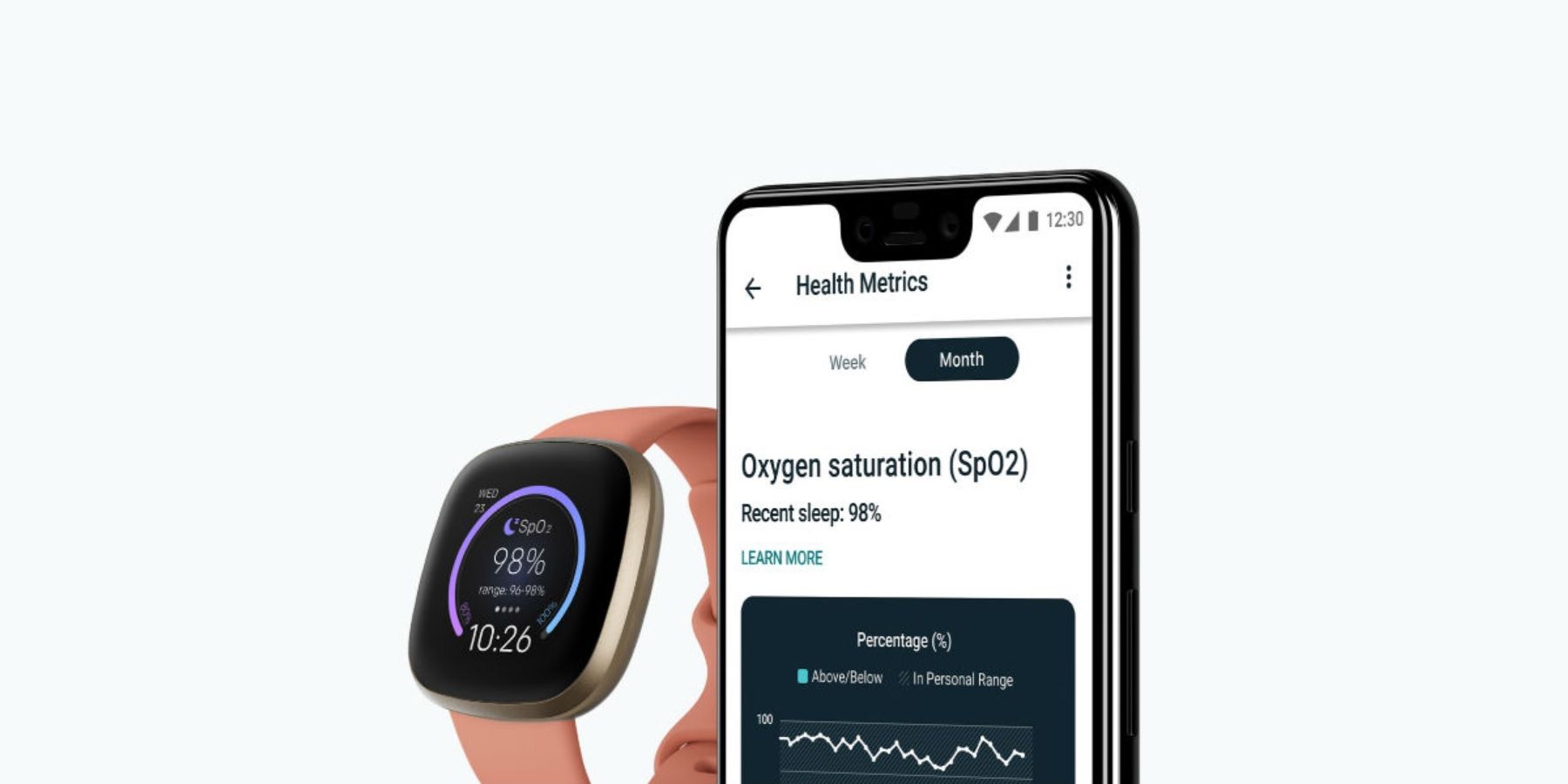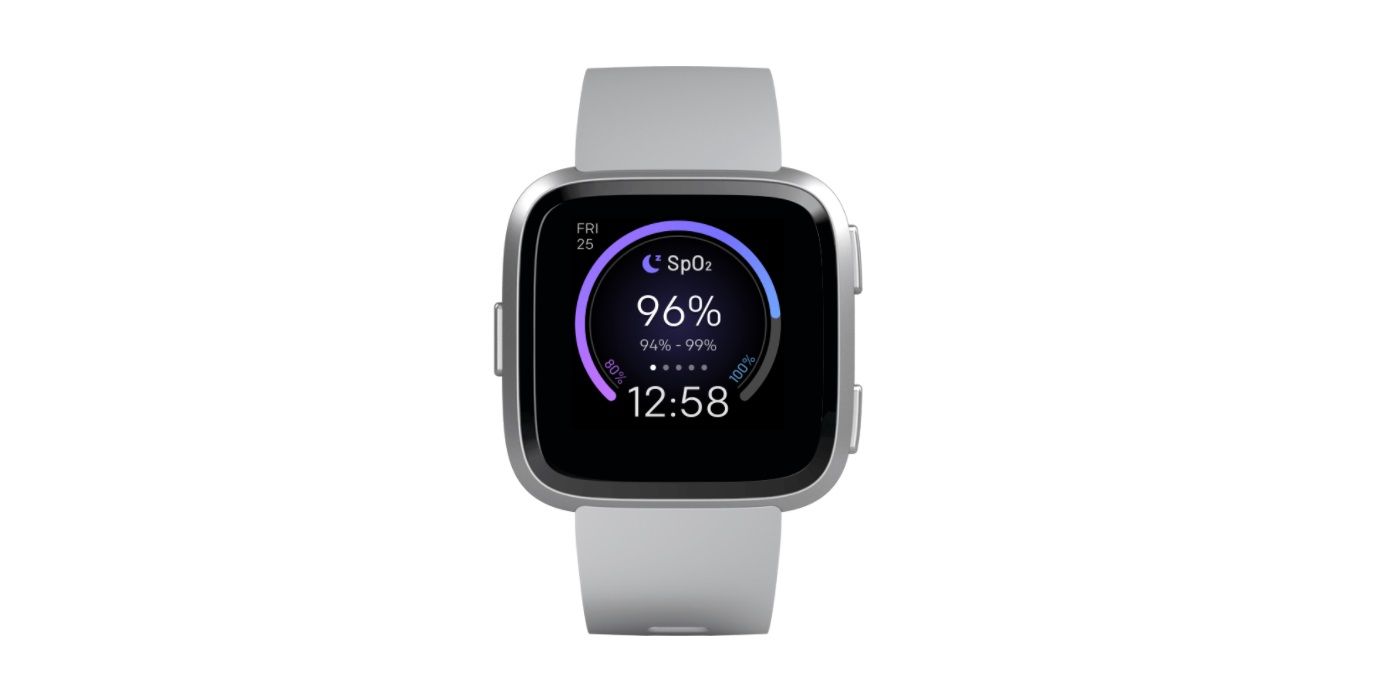Fitbit recently released a new SpO2 Signature Clock Face and while an addition to the company's wide choice of clock faces, this one comes with the added ability to monitor blood oxygen levels. Earlier this year, Fitbit starting rolling out an update to enable the use of SpO2 technology in many of its smartwatches and fitness trackers. SpO2 provides an enhanced way to measure the user’s estimated blood oxygen saturation, the measurement of how much oxygen red blood cells are carrying at any given time.
The use of SpO2 sensors in devices, and especially wearables, has become a lot more common with recently released devices and that trend is expected to continue going forward. Oxygenation of the blood indicates that the body is properly metabolizing energy, so being able to keep an eye on these levels throughout the day can be an important feature for some people. Now, with the new SpO2 Signature Clock Face, users will benefit from an in-depth look at their body’s health right on the smartwatch display.
According to Fitbit, its new watch face is available now although access does vary depending on location as it is not currently available in all markets. Installing the SpO2 clock face can be done through the Fitbit app and once set up, the user can monitor their health metrics on their smartwatch device. The new SpO2 Signature Clock Face works with a number of the company's wearables, including Ionic, Versa, Versa Lite, and Versa 2. It will also be available with the upcoming release of the new Fitbit Versa 3 and the Fitbit Sense. In addition, Fitbit also says it plans to release more SpO2 clock faces in the future.
How Fitbit's New SpO2 Clock Face Works
Once installed, the user can cycle through their onscreen metrics by tapping on the smartwatch's clock interface. Fitbit says the new clock face will shuffle between blood oxygen saturation (SpO2), Active Zone Minutes, heart rate (and current zone), current step count (and Goal), and current daily floor count (and goal). Fitbit's SpO2 technology utilizes the common measuring tool for blood oxygen levels called pulse oximeters. Compared to medical solutions, pulse oximeters is a non-invasive way to observe one’s SpO2, making it ideal for inclusion on a smartwatch.
As is often the case with medical-related technologies on consumer devices, Fitbit mentions that its SpO2 technology is not intended to replace professional medical advice or as a cure or treatment for any disease or medical condition. However, it is a nice addition to the smartwatch platform and will be of value to those who do want to manage and have greater control over advanced health information. Whether it is an Apple Watch or a Fitbit device, anything that can help to keep people better informed on their health is going to be a good thing.
Source: Fitbit


